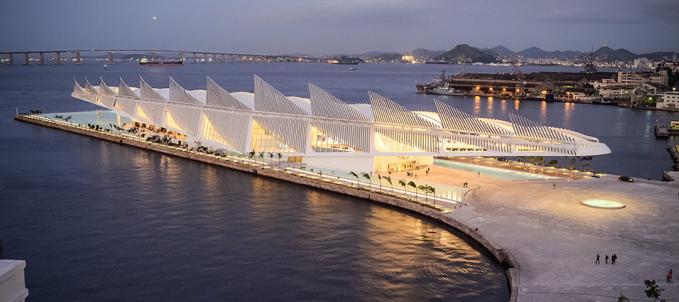10 incredible engineering achievements
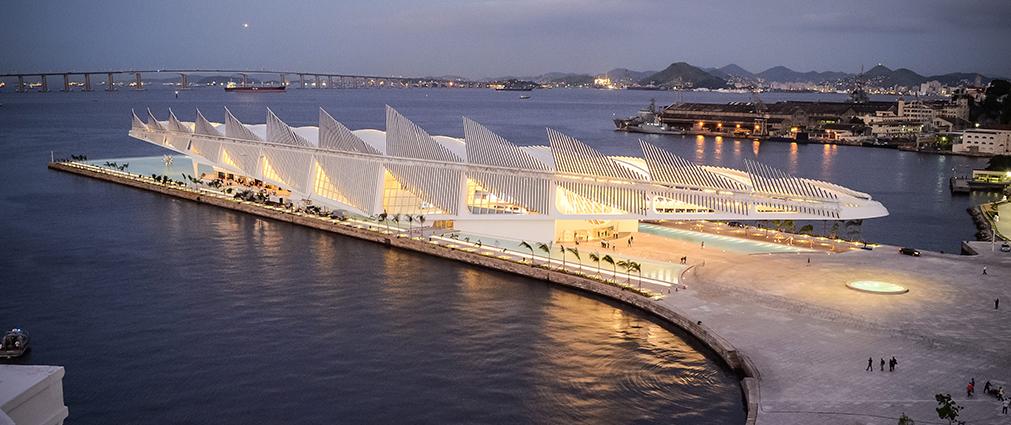
Some projects become a benchmark for any engineer, whether due to the innovative technology used, the complexity, or the climatic and topographical adversities encountered during the construction process. We are highlighting some of the most incredible engineering projects that you should know about!
1. The Eurotunnel
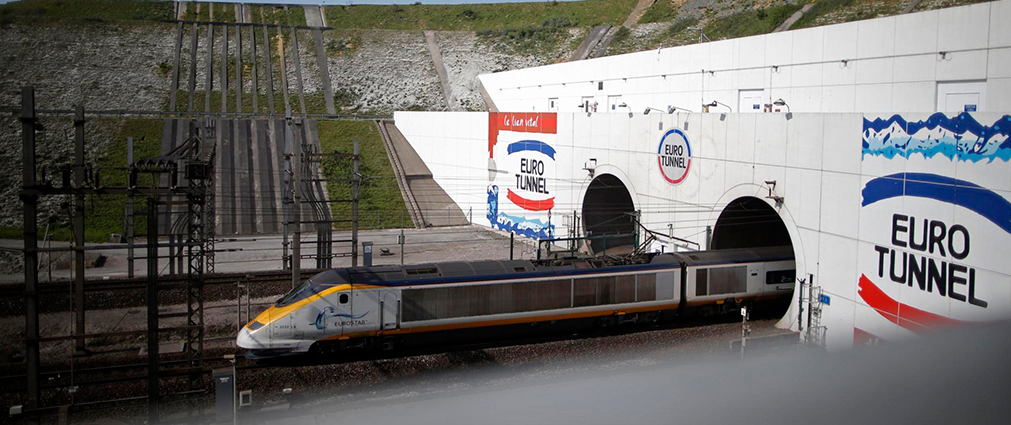
This incredible project could not be left off the list, due not only to the complexity but also the benefits which it brought to society. Constructed by French and English engineers and opened in 1994, the tunnel connects Folkestone in the south of England to Coquelles in the north of France. The project has the longest underwater section in the world: it is 50.5 km in length, with 38 km under the sea. Approximately 13,000 people worked on the project, which took six years to complete. And 11 giant laser-guided tunnel-boring machines were used in the digging and coating cycle! Isn’t that amazing?
2. Artificial Islands in Dubai
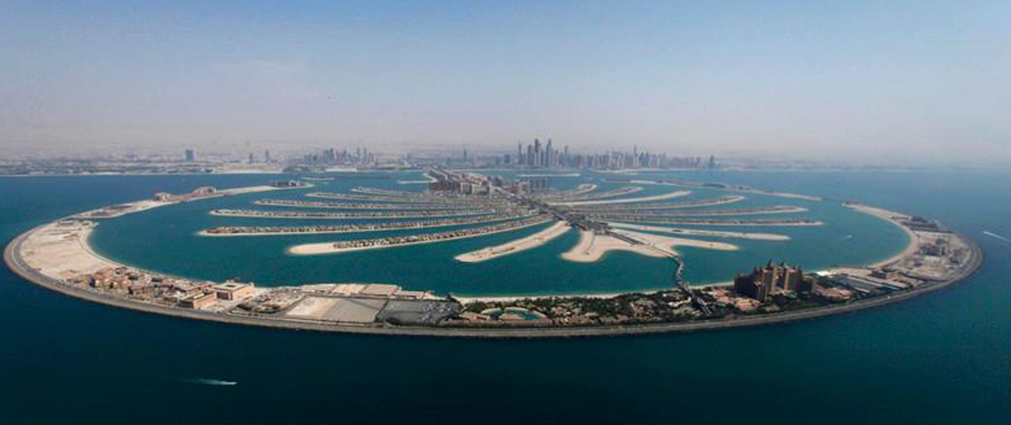
The construction process for the Islands of Dubai, in the United Arab Emirates impress any engineering enthusiast. Constructed by a Dutch company, in partnership with the real estate developer Nakheel Properties, the purpose of the project is to expand the country’s coast and leverage tourism. The archipelago is formed of three islands, which can be seen from space! Before construction began, factors such as the strength of the waves in the region, tides, wind and even the effects of global warming were taken into consideration. The islands’ structure was established using a dredging process: dredgers removed sand from the bottom of the sea and it was placed in layers until the ideal height was reached. On Palm Jumeirah island (the smallest and first to be constructed) 94 million cubic meters of sand were used in this process, enough to build a 2.5 meter wall around the planet!
3. The Olmos Project
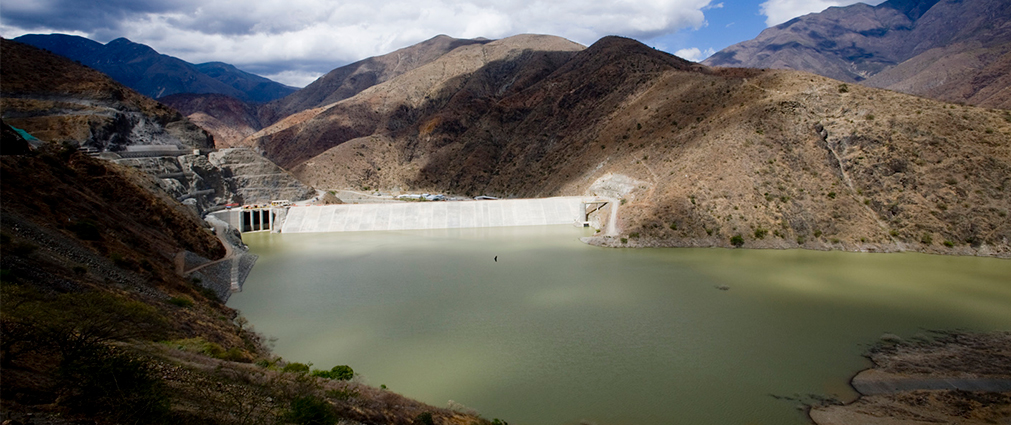
Considered one of the most complex engineering projects in the world, the Olmos irrigation project – located in the Lambayeque region in Peru and designed and constructed by Odebrecht – faced adverse weather conditions in order to be accomplished. Construction of a tunnel more than 20 km in length under the Andes mountain range was one of the main challenges, since excavations reached 2,000 meters under the mountain surface and were subject to unpredictable geographical and geological conditions. This is the second deepest tunnel in the world! Transposition of the River Huancabamba, performed by Odebrecht Engineering & Construction, transformed an extremely dry region into one of the main agro-industrial centers in Peru.
4. The Itaipu Hydroelectric Power Plant
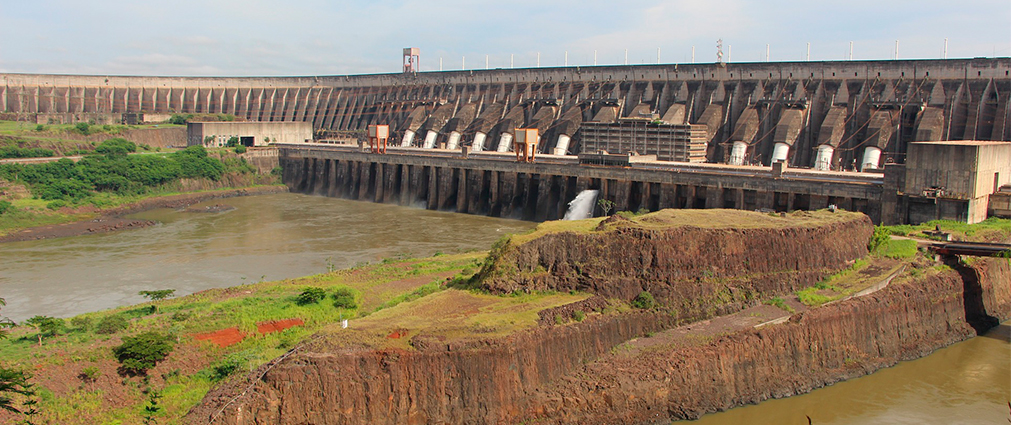
This giant Brazilian project deserves a special place on the list, not just because of engineering issues but also diplomatic challenges, since the hydroelectric power plant was constructed on the border of Brazil with Paraguay and involved a consortium of various companies, including Odebrecht. The numbers are also impressive: 16 years of work, 30,000 people involved in the project and 12.5 million cubic meters of concrete were used, enough to build more than 200 football stadiums! Itaipu is the largest hydroelectric power plant in the world in accumulated energy production: it has generated more than 2.4 billion megawatts-hour since it began operating in May 1984.
5. The Millau Viaduct
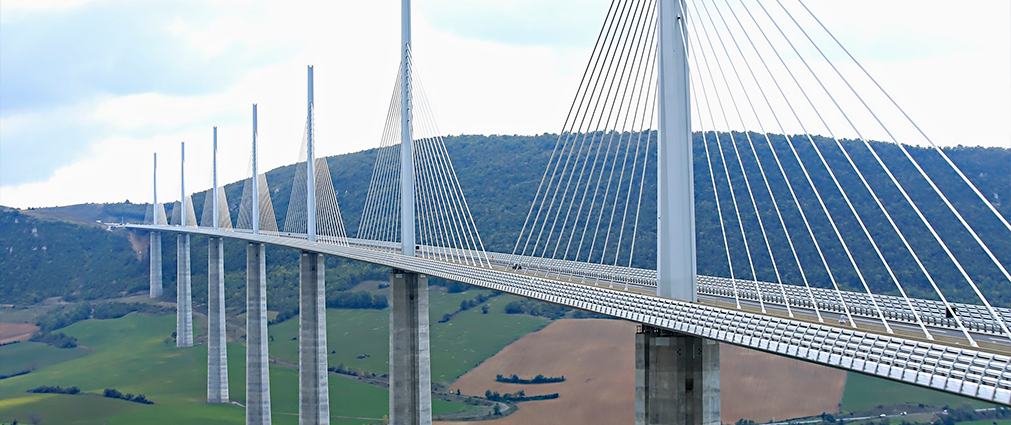
A Millau Bridge, in the south of France, is known not only for its grandeur but also for its elegance. It is the highest road bridge in the world at 343 meters in height and was designed by English architect Norman Foster and the French engineer who specializes in bridges, Michel Virlogeux. It is completely supported by cables weighing 36,000 tons, which is not considered heavy for its size and here is the secret: a considerable part of the structure was built using steel, a light material which is resistant to temperature variations. Construction of the bridge deck was carried out on dry land and then transferred tower by tower using a hydraulic system.
6. The Panama Canal
From: GIPHY / Animation: Pancanal
There is a reason that the Panama Canal is also called the 8th wonder of the world. Designed by French and Americans, this great engineering work revolutionized world sea transport, joining the Atlantic to the Pacific Ocean. What used to be an extremely long and expensive journey around the South American continent was reduced into a 10-hour crossing of just 81km. Ships go through three locks: Miraflores, Pedro Miguel and Gatun, and an ingenious system lowers the vessels using gravity. On average, 42 ships cross the Panama Canal per day and almost 15,000 per year.
7. The Museum of Tomorrow
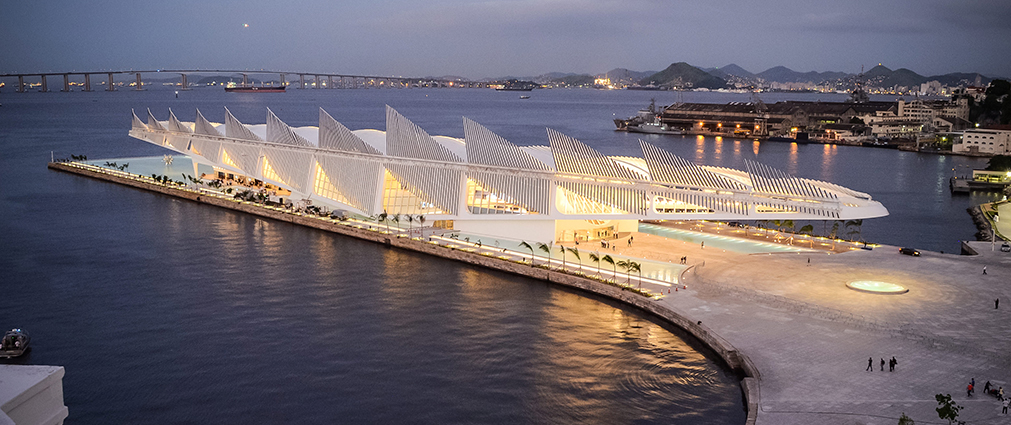
Designed by Spanish architect, Santiago Calatrava, the Museum of Tomorrow, in Rio de Janeiro, was a very challenging project for the Odebrecht Engineering & Construction team, due to its complexity. As every curve is unique and not repeated, the engineers had to prepare several models and 3D simulations in order to ensure a perfect fit and a finish which is a true work of art. The greatest challenge was working with different concrete forms. On a traditional project, the same concrete form can be used 8 to 10 times. However, on the Museum of Tomorrow, each one was only used once because none of the angles are repeated. In addition, the museum was designed from the back to the front, with the piping installations, ducts and water supply/sewage fitted directly into the concrete structure! And for a good reason: Santiago Calatrava made more than 500 watercolor sketches until he arrived at the final design for the Museum of Tomorrow!
8. The Burj Khalifa
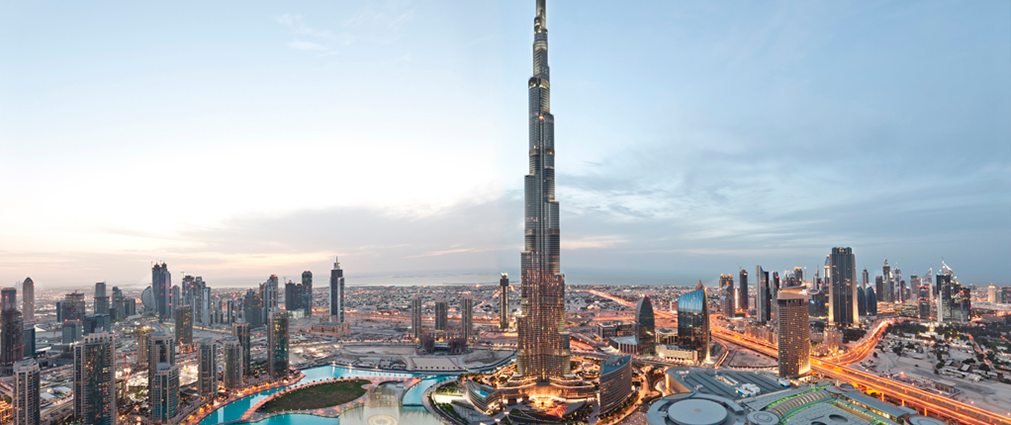
The highest building in the world cannot be left out. At 828 meters in height and 168 stories, the Burj Khalifa, in Dubai in the United Arab Emirates, can be seen from a distance of up to 95 kilometers. Owned by the Emaar group, 45,000 m³ of concrete were used for the building’s foundations, with 192 pillars sunk to a depth of more than 50 meters. In addition, there are 57 elevators and eight escalators which transport people inside the building. Seen from above, the Burj Khalifa has the format of a fleur-de-lis, an emblem of royalty.
9. The International Space Station
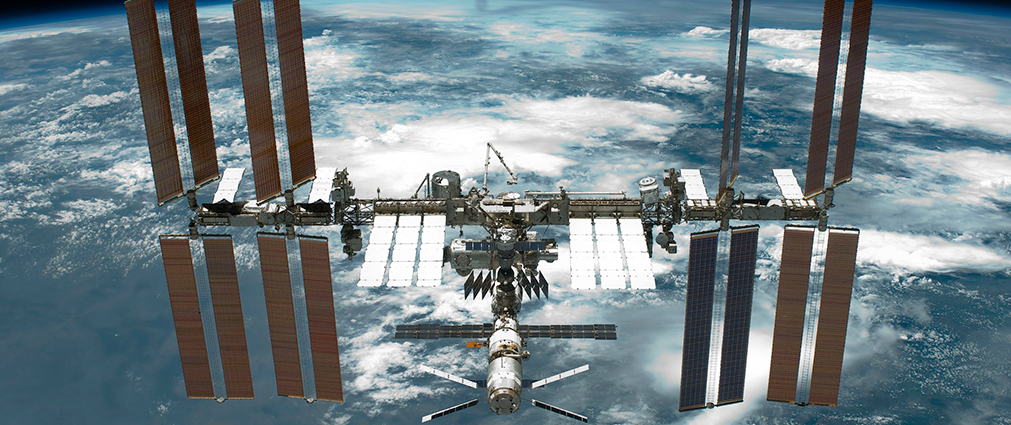
And who said that a space construction cannot be on this list? The result of a partnership between NASA and various companies, the International Space Station (ISS) is the largest project of its type and the biggest structure to orbit earth. With permanent accommodation for six people, the ISS’s main function is housing astronauts while they perform research which cannot be carried out on our planet due to the gravitational difference. The structure weighs more than 400 tons and cost approximately USD 150 billion to be constructed. It can be seen by the naked eye at several places on earth!
10. The Charcani V Hydroelectric Power Plant
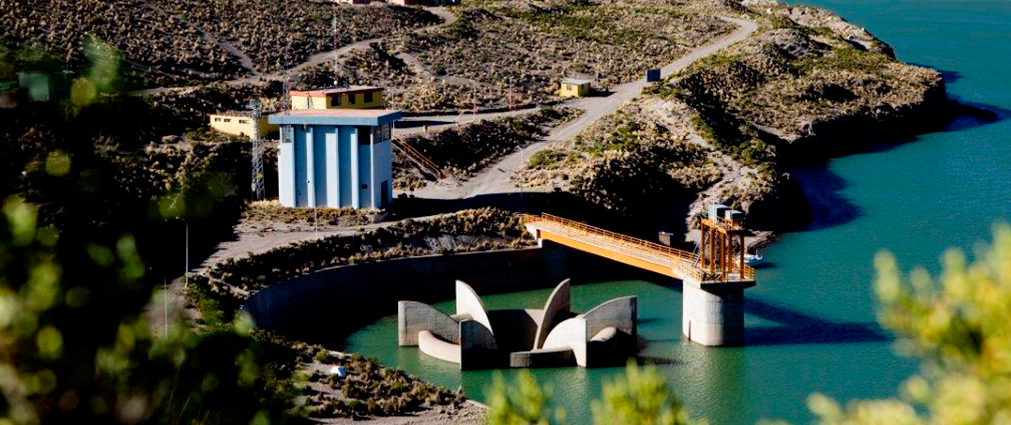
This project began in 1979 and was completed in 1987. It was carried out close to the city of Arequipa in the Peruvian Andes and deserves a special place on this list due to the various challenges faced during its construction. Approximately 95% of the work was underground, passing through the Misti active volcano, which is subject to seismic waves that repeated up to 50 times in a single day! In addition, the teams worked under extremely high temperatures. Added to this, the work was carried out at an altitude of approximately 4,000 meters, which complicated logistical issues. With Odebrecht Engineering & Construction overcoming all these challenges, the result was a major project with 135 MW of power, which has provided renewable energy to approximately 77% of the population of the second largest city in Peru until today.






